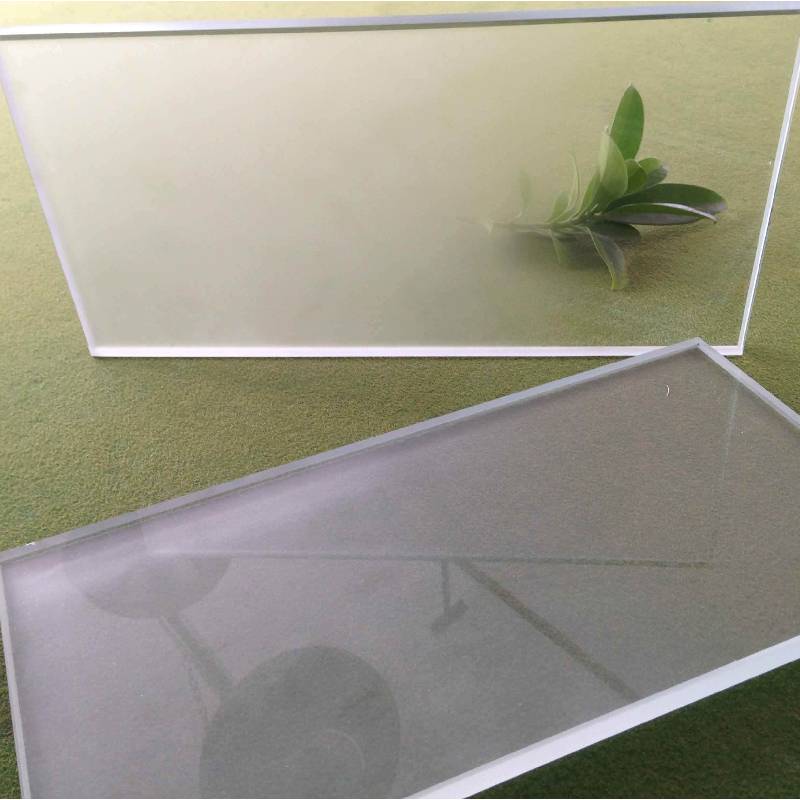

Understanding the Price of Heat Reflective Glass Key Factors and Market Trends
Heat reflective glass has gained significant popularity in recent years due to its ability to decrease heat transfer, enhance energy efficiency, and promote comfortable living environments. As global awareness around energy conservation and sustainable building practices increases, the demand for heat reflective glass has surged. This has inevitably led to variations in pricing, which are influenced by several key factors. In this article, we will explore the price dynamics of heat reflective glass, its benefits, and the trends shaping the market.
What is Heat Reflective Glass?
Heat reflective glass, often referred to as low-emissivity (Low-E) glass, is designed to reflect infrared radiation, thereby minimizing heat gain. This technology is particularly valuable in regions with hot climates, as it helps maintain cooler indoor temperatures and reduces reliance on air conditioning. Additionally, it offers aesthetic advantages, allowing for abundant natural light while providing adequate thermal insulation.
Key Factors Influencing Prices
1. Material Composition The cost of raw materials used to manufacture heat reflective glass directly impacts its price. High-quality glass, coatings, and materials that improve thermal performance tend to be more expensive. The purity of the glass and the sophistication of the reflective coating contribute to the final price.
2. Manufacturing Processes Advanced manufacturing techniques, including vacuum deposition for low-emissivity coatings, can add to production costs. As technology evolves, new methods that improve efficiency may reduce costs over time, but initial investments in equipment can be significant, affecting retail prices.
3. Thickness and Size The dimensions and thickness of the glass panels also play a crucial role. Larger and thicker panes are typically more expensive due to increased material usage and transportation costs. Custom-sized solutions tailored for specific applications may command a premium due to their bespoke nature.
4. Brand and Certification Different brands offer varying levels of quality and performance. Well-known manufacturers that provide certified products – indicating compliance with international standards – often charge higher prices. Certifications can also assure consumers of durability, energy efficiency, and environmental compliance.

5. Market Demand and Supply The dynamics of supply and demand significantly influence pricing. In areas where construction is booming, such as urban centers, demand for heat reflective glass may outpace supply, driving prices up. Conversely, a slowdown in construction or an increase in competing products could lead to price reductions.
6. Geographical Location Regional variations in pricing are also common due to differences in transportation costs, labor expenses, and local market conditions. Import taxes on materials can further exacerbate price differences in various geographic areas.
7. Installation Costs It is essential to consider installation costs when evaluating the price of heat reflective glass. Specialized techniques and labor may be required, particularly for large projects or unique installations that demand technical expertise, impacting the overall expenditure.
Current Market Trends
The market for heat reflective glass is evolving in response to various trends. The push for energy-efficient buildings and sustainable construction practices has seen a steady rise in demand. The integration of smart technologies, such as automated shading systems and dynamic glazing, is also influencing consumer preferences and pricing structures.
Furthermore, the growing emphasis on green building certifications like LEED (Leadership in Energy and Environmental Design) has prompted builders and architects to incorporate heat reflective glass into their designs. This trend not only boosts demand but can also justify higher pricing due to the energy savings and environmental benefits associated with certified buildings.
The COVID-19 pandemic has also brought changes to the construction industry. While some projects were delayed, the increased focus on health and wellness in building design has renewed interest in energy-efficient solutions, paving the way for growth in the heat reflective glass market.
Conclusion
In summary, the price of heat reflective glass is influenced by a myriad of factors, including material composition, manufacturing processes, size and thickness, brand reputation, and market dynamics. As the demand for energy-efficient solutions continues to rise, prices may fluctuate based on these elements. For consumers and architects looking to invest in heat reflective glass, understanding these underlying factors will be essential for making informed decisions that align with both budgetary constraints and sustainability goals. As technologies advance and the market continues to evolve, the future of heat reflective glass pricing holds promising prospects for both producers and consumers alike.